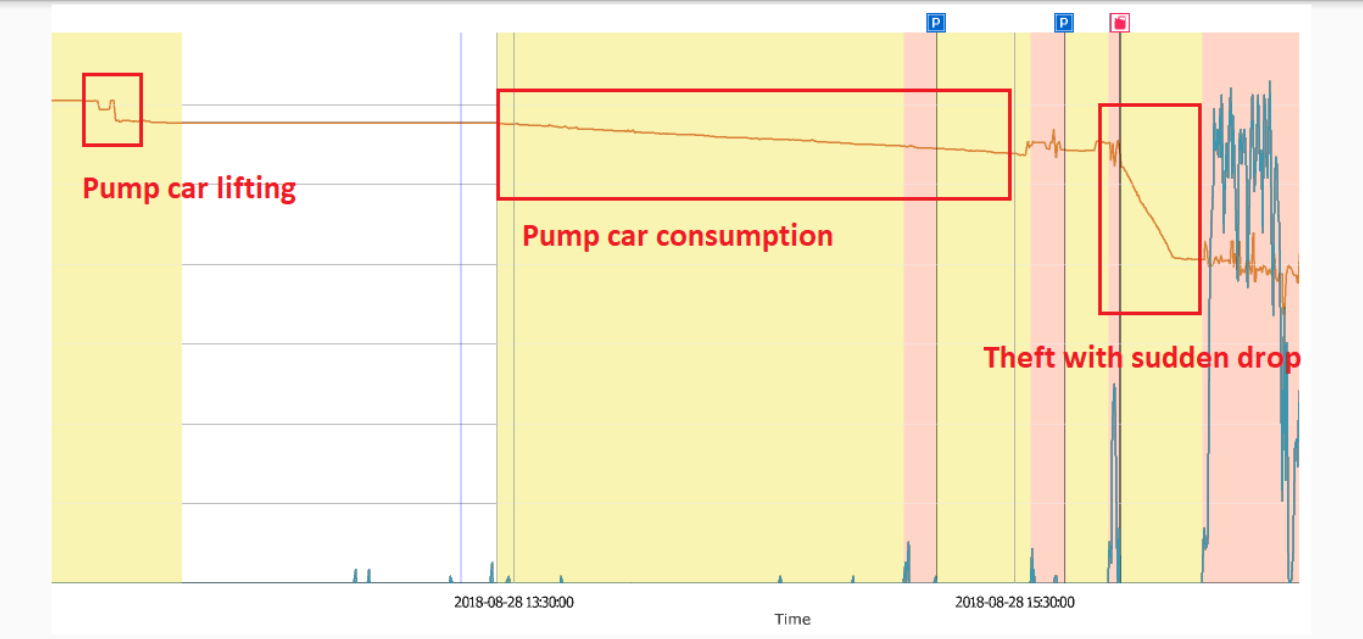Use Cases
Following are some of these standards and criteria which our customers maintain;
1. 100 km/h speed limit for highways and 60 km/h speed limit for normal roads.
2. 50 km/h speed limit for all types of roads (Gas transport)
3. 8 km/h speed reduction limit within one second for harsh brakes.
4. 4 hours limit for continuous driving
5. At least 20 minutes of break between continuous driving of 4 hours
6. Prohibition for night time driving between 10 p.m. to 4 a.m.
All the above measures can be properly monitored through SmartGPS and our customers can
acknowledge the driver about his violations and can measure the performance of the drivers.
Even if you take all the necessary security measures, there are some times that you cannot avoid
accidents. Most of the time, the driver is blamed. But there can be different situations that the driver is
not guilty and can be only explained to the police through a proper GPS data report. Following is an
example of such an incident that SmartGPS came to help when the owner of the vehicle needed to
prove the innocence of the driver.
This transporter was one of the suppliers to a large company which is related to construction field. The transporter agreed with the above company to preserve two criteria in order to avoid accidents. If the transporter fails to keep the below standards, the outsourcing construction company has the right to terminate the business with the transporter according to the agreement. Here are the standards.
1. The vehicle should not keep a speed exceeding 60 km/h in normal roads for more than 1 minute.
2. The vehicle should not be driven within the time period of 1 a.m. to 4 a.m.
The unfortunate thing happened. A pedestrian died from the accident. The transporter needed to analyze the incident and wanted to prove the facts to Police and the outsourcing company. Following were the findings from SmartGPS system.
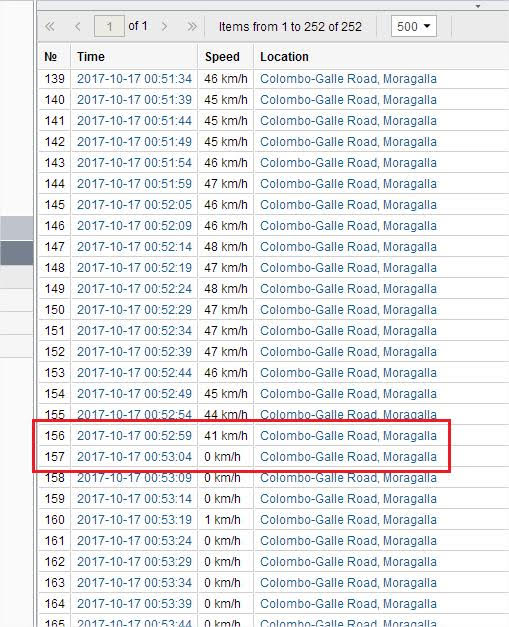
The GPS tracker attached to this vehicle sends data every 5 seconds. In the above report, you can see
the speed is reported every 5 second. The two records of the exact moment of the accident are
highlighted. According to this report the accident happened before 1 a.m. and the vehicle never passed
60 km/h. Therefore, the two criteria were not violated and the agreement could be continued. In the
actual incident, the driver tried his best to save the victim and the path of the vehicle generated through
SmartGPS reveals that.
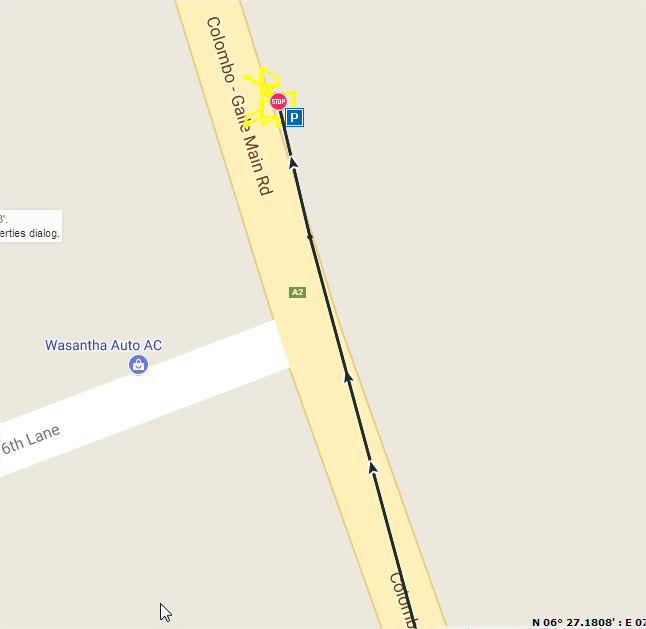
But in practical situation, you will need to do a survey on the general pattern of driving of your drivers. After the survey, you can apply your own standards as the thresholds. After applying the thresholds, you can generate eco driving reports daily and monthly in order to identify driver violations.
Here is a sample report of a survey done to identify the braking pattern of a set of drivers. The proposed thresholds for deceleration (speed reduction) are 8 km/h per second, 9 km/h per second, 10 km/h per second, 11 km/h per second and 12 km/h per second.
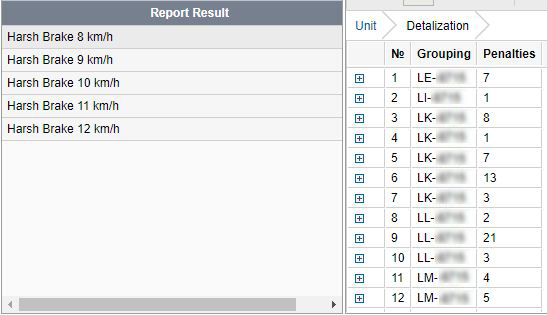
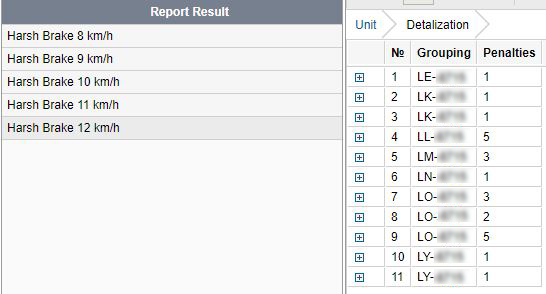
By looking at the numbers, it is clear that 9 km/h reduction per second or 10 km/h reduction per second
is the most suitable threshold for harsh brake violation.
The office premises is geofenced on the map and the morning time filtration of geofence visit provides
the following result.
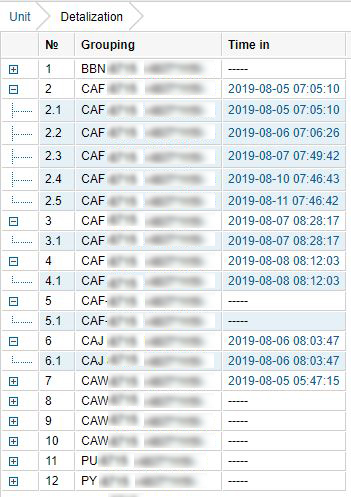
Sometimes, when nothing works to bypass our fuel monitoring system, drivers try to steal fuel by putting a tube inside the overflow and then racing the vehicle with full load. By doing this 5 to 10 minutes, they can collect from 5 to 15 liters through the tube. You, as the owner or transport manager,will find that your vehicles productivity over fuel expenses is very low.
Then you can check for the above potential of fuel stealing with our advanced fuel monitoring system.The fuel chart will provide all necessary evidence you need. You can easily perform a fuel consumption test with same suspicious driver and get the real consumption rate and then you can compare it with the consumption rate of the incident. Following is an example from a pump car real consumption and fake consumption.
